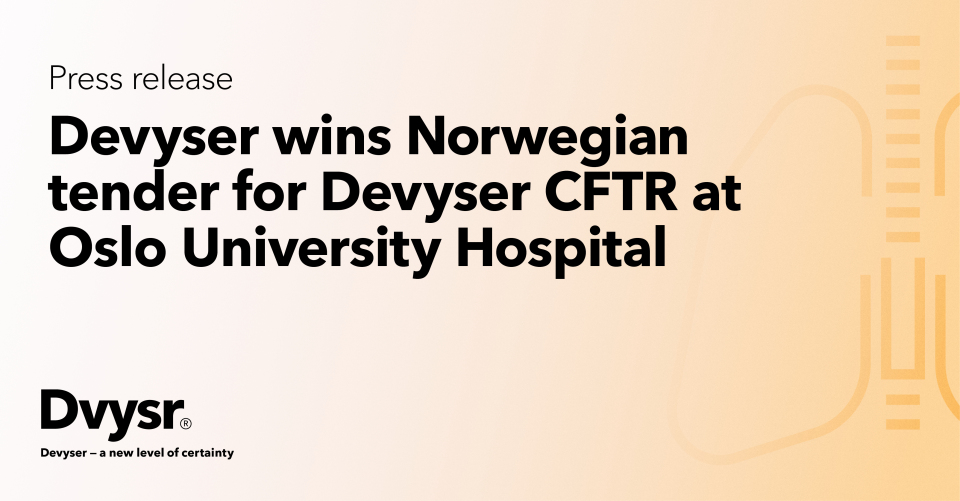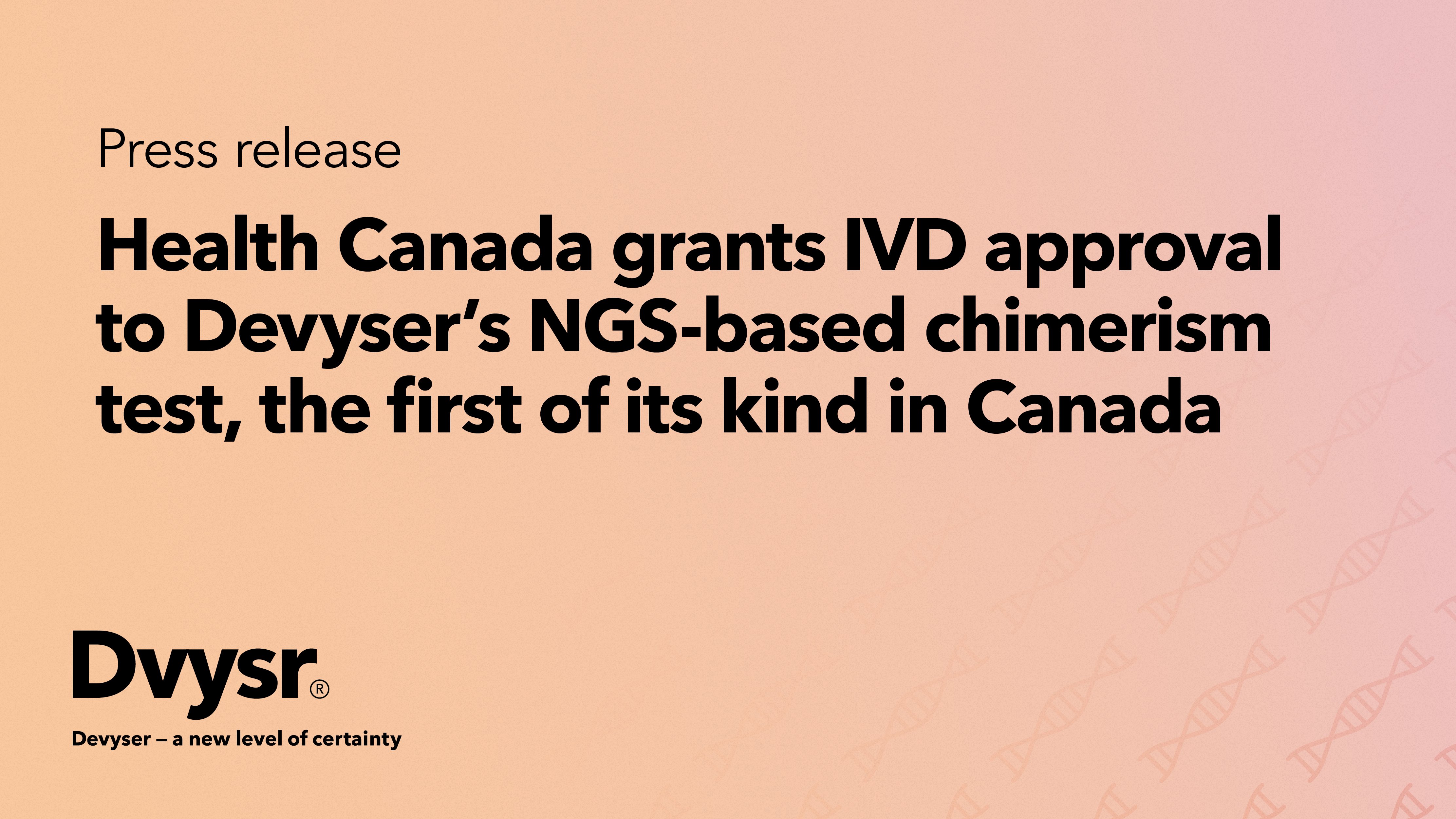Devyser wins Norwegian tender for Devyser CFTR at Oslo University Hospital
Devyser is proud to announce that the company has been awarded a tender by Oslo University Hospital...
In this case study, Dr. Papasavva describes her laboratory’s journey from traditional thalassemia testing to state-of-the-art NGS technology and what a difference this has made in their daily work.
Whitepaper
This whitepaper details how next-generation sequencing
(NGS) can be used to help overcome these challenges and provide fast and accurate thalassemia diagnosis.
Thalassemia is an inherited blood disorder with a worldwide prevalence of nearly 300,000 people diagnosed per year. As the most common hemoglobinopathy, it is a major cause of disability and premature mortality around the world. However, if the disease is diagnosed correctly, treatment can
begin promptly, which can help prevent permanent damage caused by excessive iron build-up and provide patients with a better quality of life. The overall incidence of thalassemia has decreased due to successful prevention programs in areas of high prevalence. However, migration and the resulting shifting demographics have seen the disease
occurring in regions not previously endemic.
The discovery of more variants makes it challenging for clinicians and laboratories to diagnose and manage appropriately. These regions would benefit from a test that
provided comprehensive genetic profiling with an efficient workflow.

Devyser is proud to announce that the company has been awarded a tender by Oslo University Hospital...
Read More

Devyser, a leading provider of advanced genetic testing solutions, has been awarded a new tender in...
Read More

Devyser is proud to announce that One Lambda Devyser Chimerism and Advyser Chimerism have been...
Read More

Devyser today announced that the Centers for Medicare & Medicaid Services (CMS) has issued its...
Read More